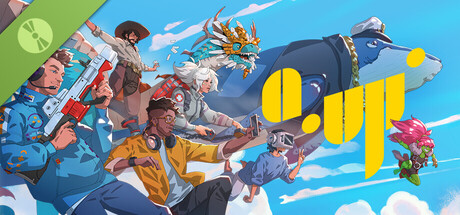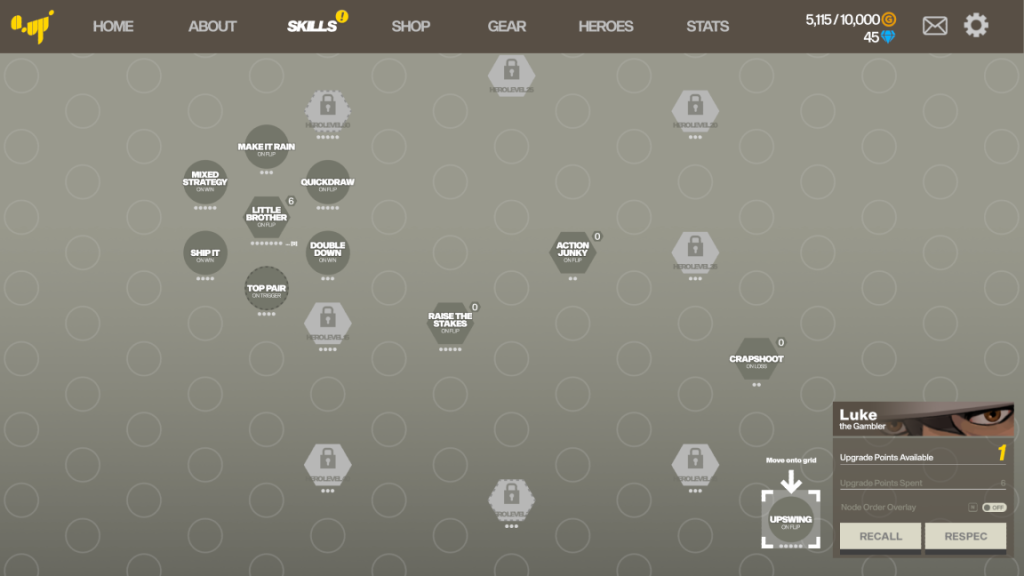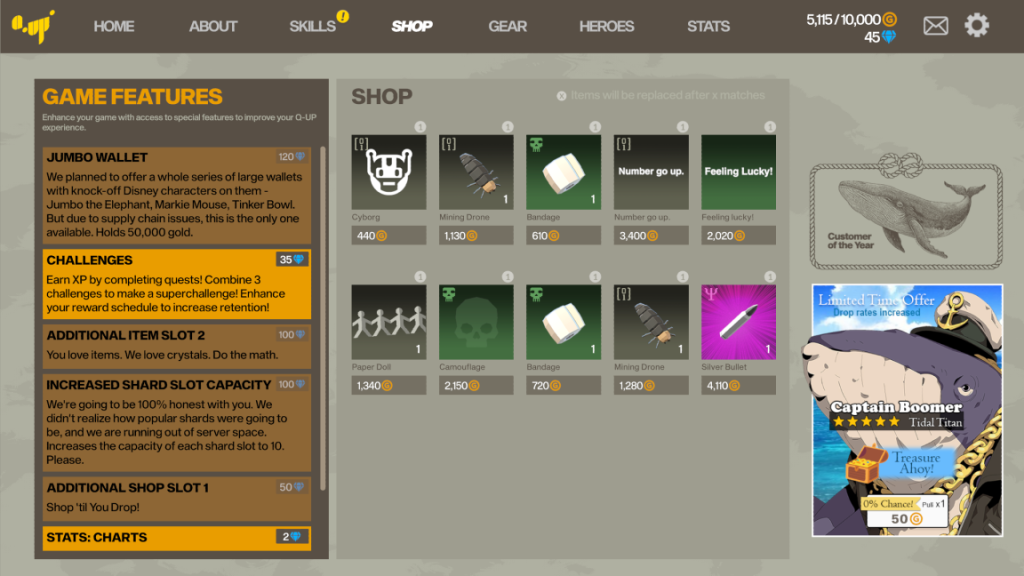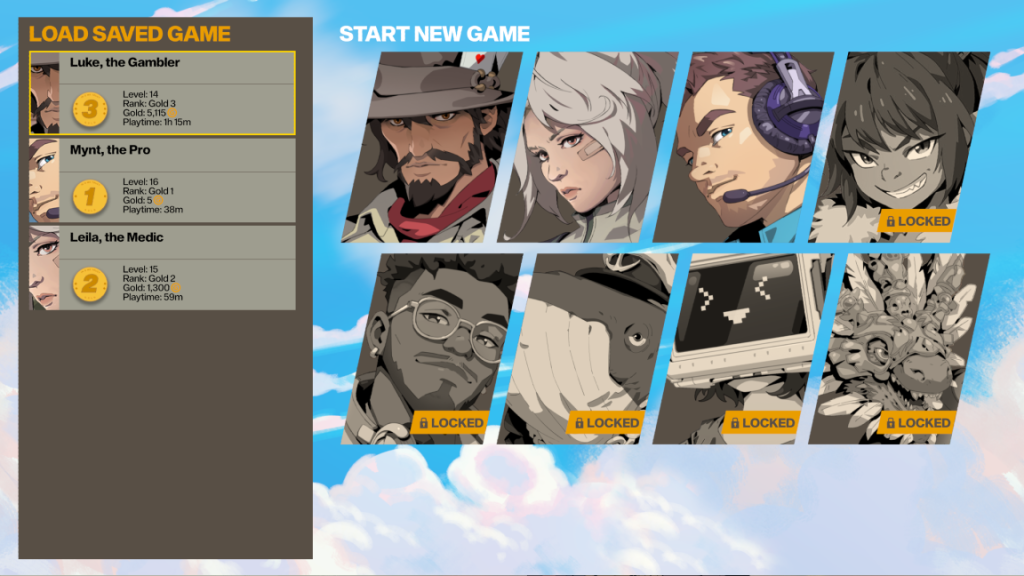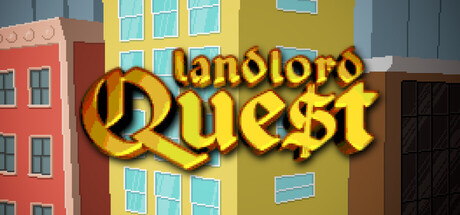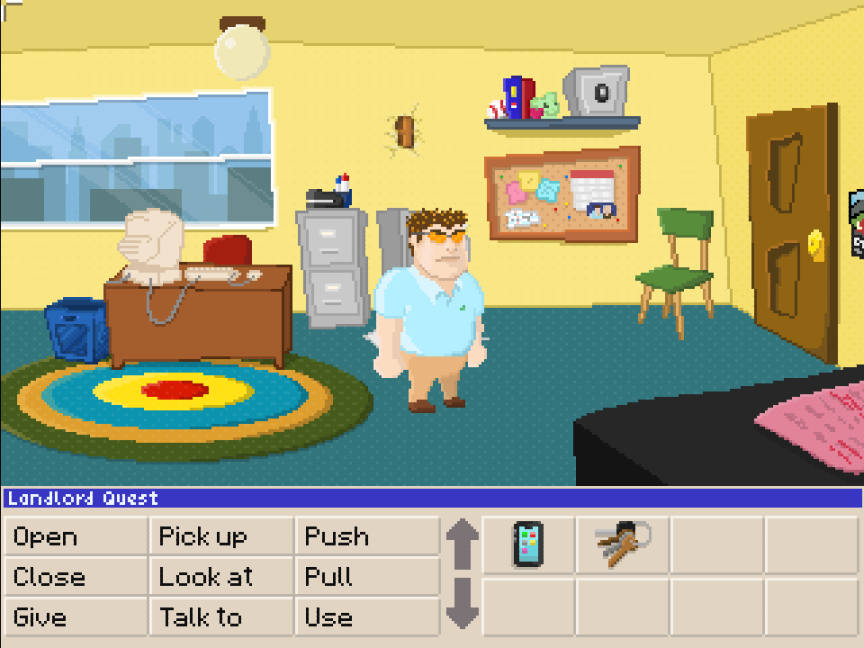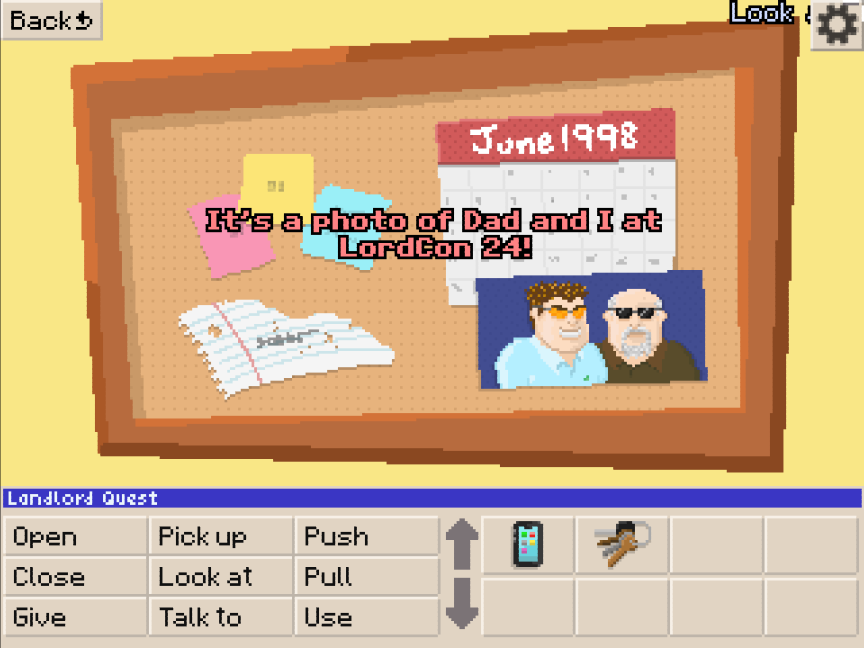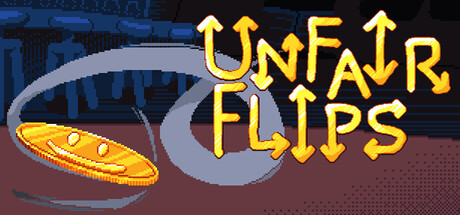Ball X Pit is Breakout X Vampire Survivors. There are a lot of things it does that I like, and it executes well on a most of its mechanics. Despite all that, I’m not sure that I want to recommend it, because I don’t really feel like I’m having fun with it. More on that later.
The Basics
Ball X Pit is easiest to describe in terms of just listing off all the games it’s cribbing features from. We’ve got the standard roguelike formula of incremental runs, complete with a 3-pick-1 system. The items in question are a set of brick breaker balls with special powers, and some side items. Balls can poison enemies, shock them in an AoE, split into more balls, etc. These get bounced off enemies to deal damage, enemies drop EXP when the die, and the pressure is killing enemies before they meander their way to the bottom of the screen, at which point they punch you in the face.
Where Ball X Pit innovates is its fusion system, letting you take two balls and combine them. Grab an Earthquake Ball, fuse it with Ghost, and suddenly you have a ball that pierces enemies while hitting them all with a massive AOE. There are also evolutions, combining specific balls to fuse into new, stronger balls, but these are a bit less novel, as both Vampire Survivors and Holocure had similar systems.
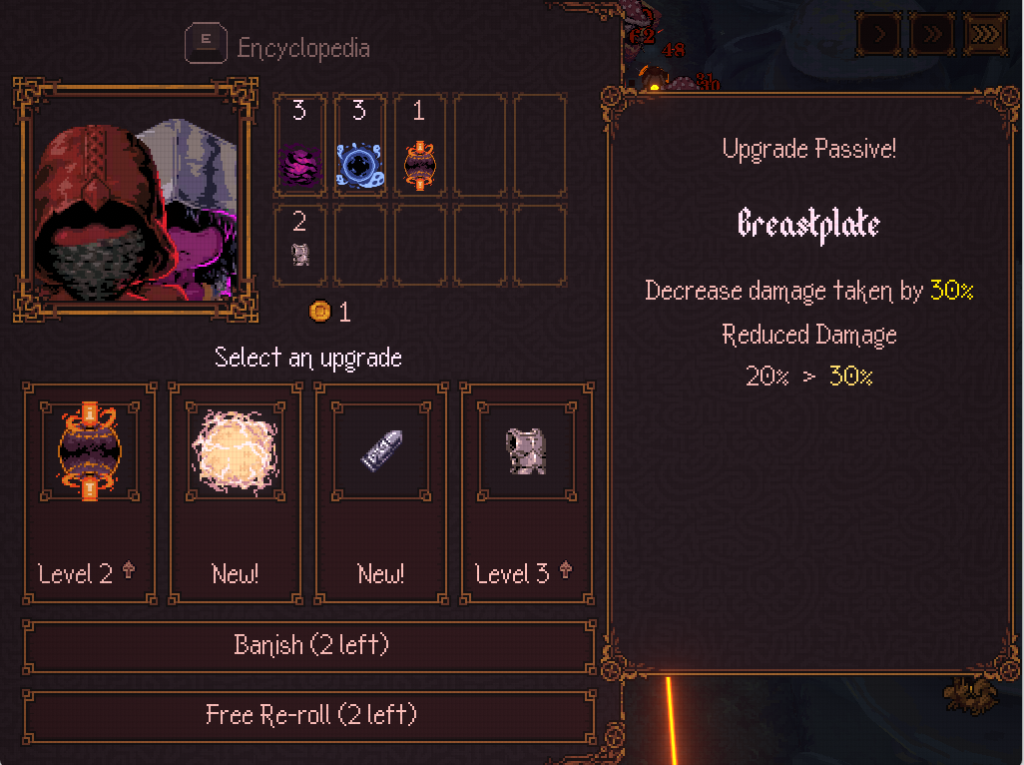
At the end of a run, you’ll be kicked back to the hub screen: a small city builder with a twist that’s actually quite novel. Instead of being your standard Farmville setup, you harvest resources by playing more brick breaker, launching your inhabitants into the village, bouncing off buildings to finish their construction, and across wheat fields to harvest them. These resources can be used to construct new buildings, and generally engage in meta-progression.

Then you’ll jump back into a run, perhaps with a new set of characters, better equipped for the given challenge. Rinse, repeat. Clear a level with enough different characters, and you’ll unlock another level.

It’s probably worth spending at least a bit of time talking about characters. At the start of a run, you’ll pick a character to bring into the run. They bring a starting ball, some stats, and some sort of twist modifier (later, you’ll unlock the ability to bring a second to set up interesting synergies!). These are interesting, running the gauntlet from “shooting faster, but less accurately” to the one I’m using while I’m doing this writeup, that auto-plays the game completely on their on own.
That character brings me to my main problems with the game: it’s really compelling, but around hour 5, I found that I wasn’t really having much fun anymore. I’m mostly ripping off a friend here when I say this, but the game feels kinda like looking at TikTok: there’s a point where you’re just a bit zoned out, but still present enough to keep going. After you stop though, you start finding yourself wondering what you just did for the last several hours.
It’s a shame because all the little things in Ball X Pit are pretty great. I love the low-poly aesthetic, the sound and music are good, and if you don’t like them, they’re easy enough to turn off. Because unlike some things I’ve played over the last few weeks, the game has a proper options menu.
It just keeps going
I had a different friend ask why I’d play 20+ hours of this if I’m not having fun, and I think I have two answers. The first is that early on, as the game is unfolding, showing off new systems, new characters, and new ideas, there’s this hope that it’s going to turn into something more than it currently is. I kept hoping that I’d unlock some subsystem that would crack the whole thing open. It’s also during the first few hours that you’re constantly unlocking things, finding new balls, new evolution and fusions with them, and just generally being entertained.
But this whole process slows down later on. Progression tapers off. There are no more twists, and the enemies, while having variety, don’t really require you to play any differently. The game turns into a chore.
The second reason I played that much was to make sure that before I did this writeup, I’d really given the game a chance. Seen all it had to offer. And I feel fairly confident of that at this point.
I haven’t even beaten the last boss myself. Instead, I plugged in that character I mentioned above who plays on their own, and just let them do it. I bet there’s some sort of secret if I beat the final level with all 21 characters, maybe a bonus level, or secret 21st character, but at this point I’m just so bored, and frankly, don’t really want to.
Ball X Pit is $15. It’s not the worst $15 I’ve spent this week, but it’s not the best either. It’s an absorbing experience with clever ideas, but ultimately a slightly empty one.


